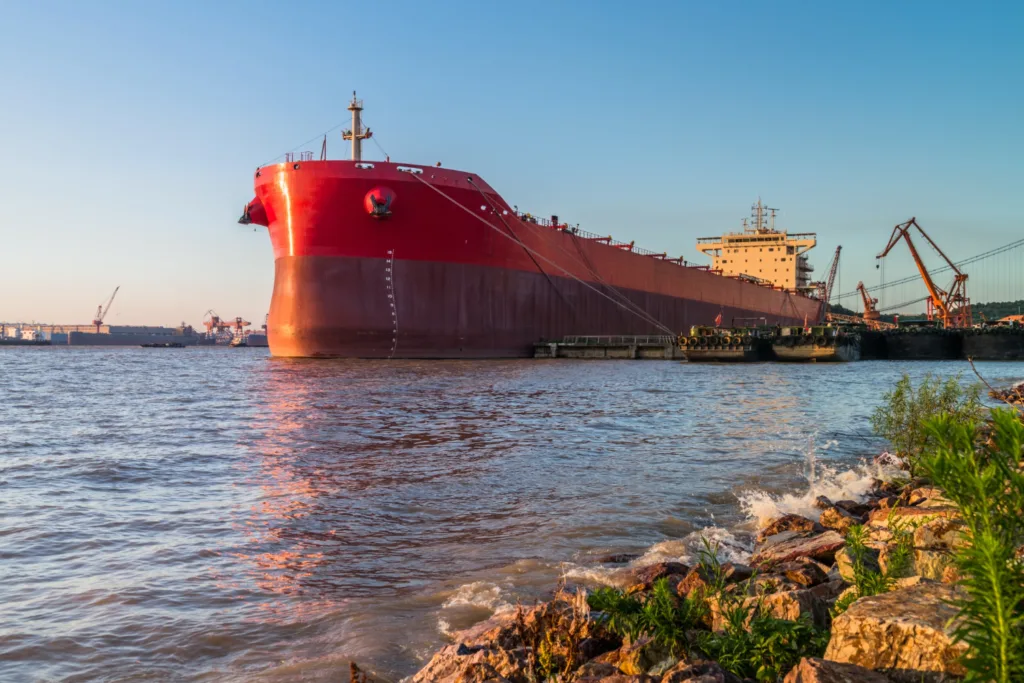
Shipping goods via ocean freight(sea cargo) involves several steps, especially when using a freight forwarding agency. Here’s a general guide on how to do an ocean shipment with an agency:
Find a Freight Forwarder:
– Research and select a reputable freight forwarding agency. Look for companies with experience in the specific type of goods you’re shipping and the routes you need.
– Get quotes from multiple agencies to compare prices and services.
Provide Information:
– Prepare detailed information about your shipment:
– Origin and destination addresses.
– Nature of goods (size, weight, quantity, value, and any special handling requirements).
– Shipping terms (Incoterms) that define responsibilities between buyer and seller.
– Any required documentation (invoices, packing lists, certificates, etc.).
Request a Quote:
– Contact the chosen freight forwarder with your shipment details.
– Request a detailed quote including:
– Freight charges (ocean freight rates).
– Handling fees.
– Customs clearance charges.
– Insurance costs (optional but recommended).
– Estimated transit time.
– Payment terms.
Booking:
– Once you accept the quote, the freight forwarder will book space on a vessel.
– You’ll receive a booking confirmation with details like vessel name, voyage number, departure date, and container number (if applicable).
Documentation:
– Provide all necessary documentation to the freight forwarder. This may include:
– Commercial invoice: Details about the goods and their value.
– Packing list: Contents of each package.
– Bill of Lading (B/L): Issued by the carrier, serves as a receipt and contract of carriage.
– Certificate of Origin: If required for customs.
– Export license (if applicable).
– Other specific documents depending on the countries involved and the goods being shipped.
Customs Clearance:
– The freight forwarder will handle customs clearance at the origin and destination ports.
– Ensure all customs duties and taxes are paid (usually by the importer).
Loading:
– Your goods will be transported to the port of origin and loaded onto the vessel.
– The freight forwarder will oversee this process.
Transit:
– The vessel sails to the destination port, and the freight forwarder provides updates on the shipment’s progress.
Arrival and Unloading:
– Upon arrival, the goods are unloaded from the vessel.
– The freight forwarder arranges for transportation to the final destination (by truck, rail, etc.).
Customs at Destination:
– The freight forwarder assists with customs clearance at the destination port.
– Duties and taxes are paid, and the goods are released.
Delivery:
– Finally, the goods are delivered to the recipient’s address.
– The recipient signs for the delivery, confirming receipt.
Additional Tips:
- Insurance: Consider purchasing marine cargo insurance to protect against loss or damage during transit.
- Communication: Stay in touch with the freight forwarder for updates on your shipment.
- Packaging: Ensure goods are properly packed and labeled for international shipping.
- Regulations: Be aware of import/export regulations for the countries involved.
- Incoterms: Understand your responsibilities and liabilities under the chosen Incoterm.
Working with West Golden Cargo LLC can simplify the process, as we have the expertise to navigate the complexities of international shipping by both air and sea cargo. Always provide accurate and complete information to ensure a smooth shipment.

